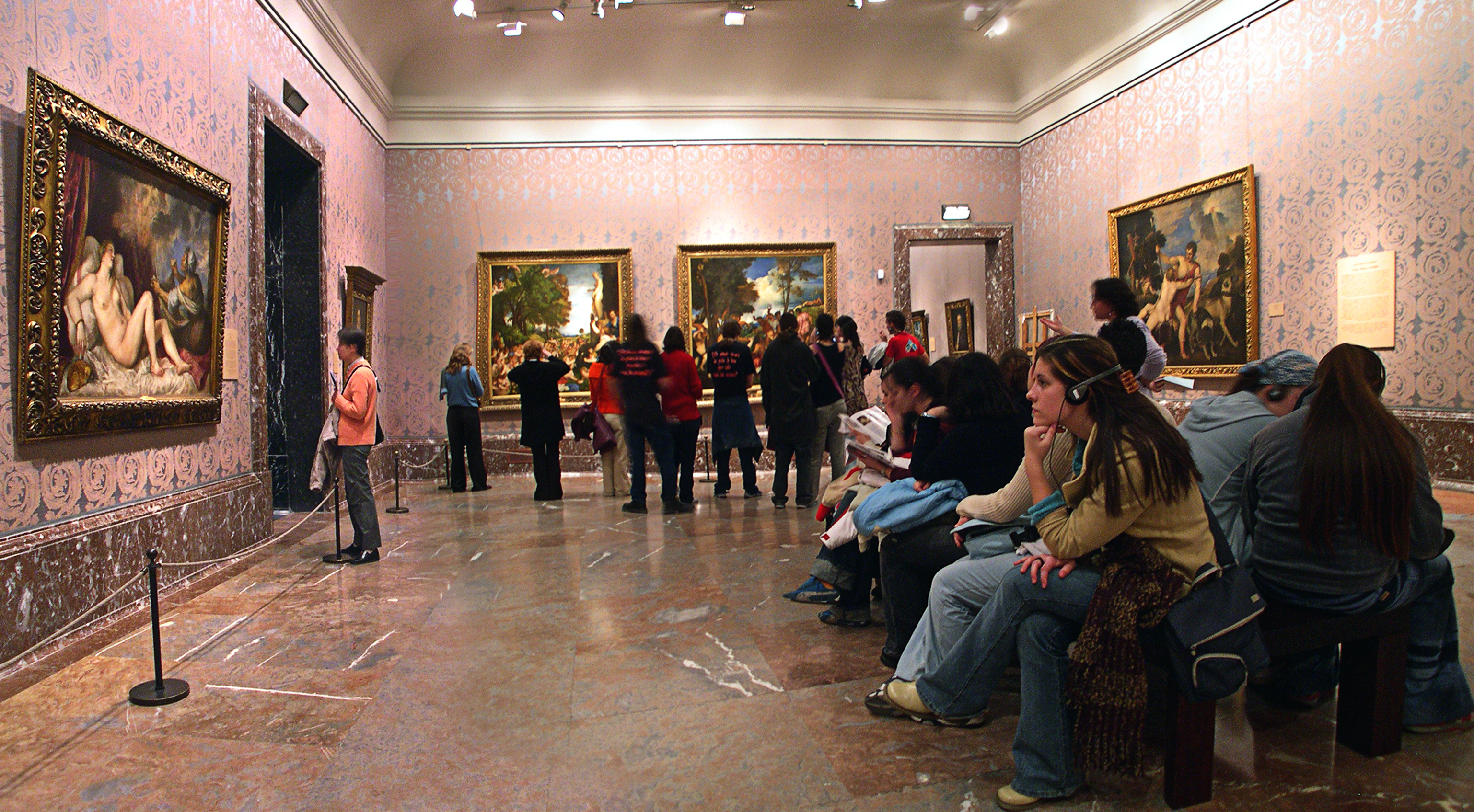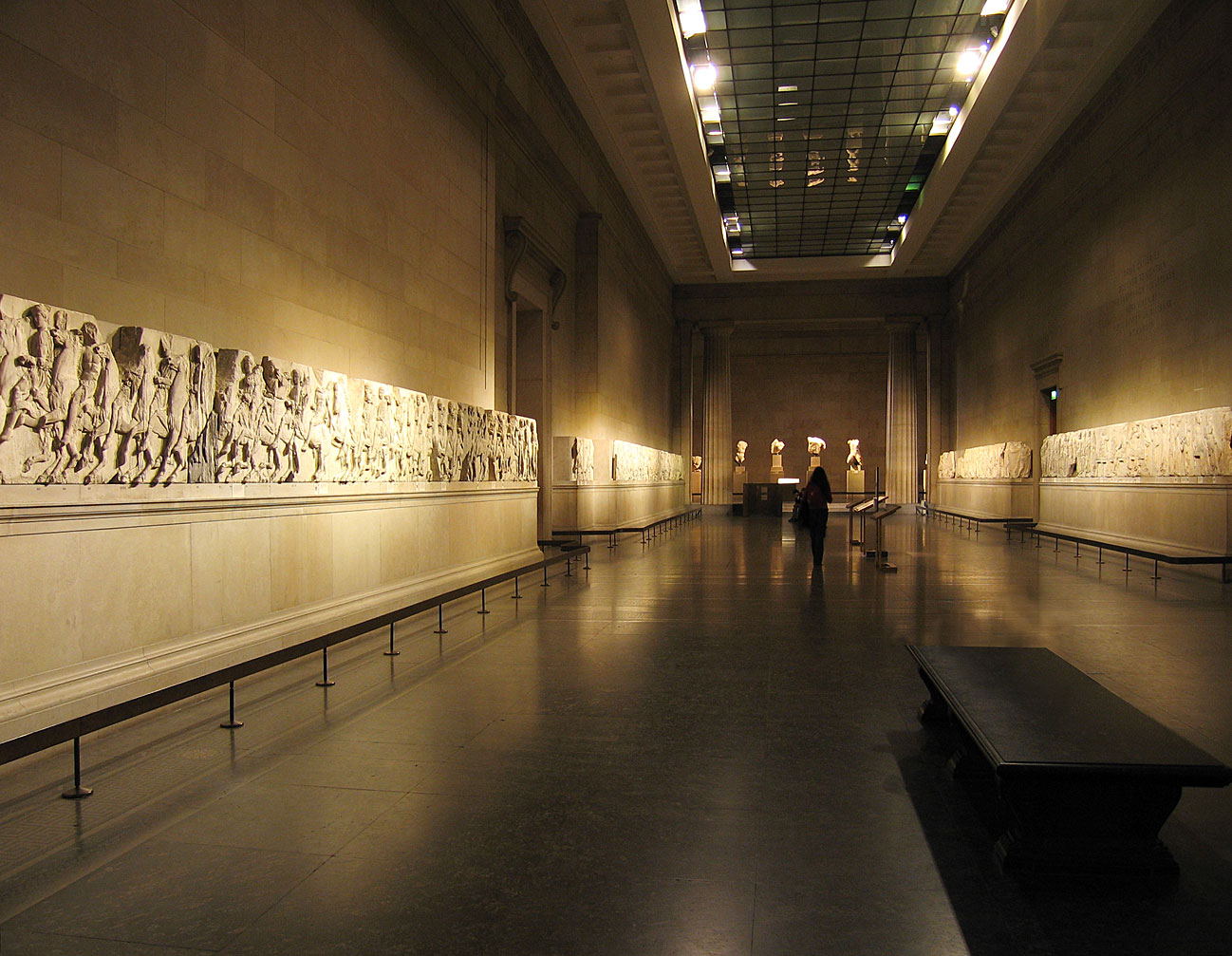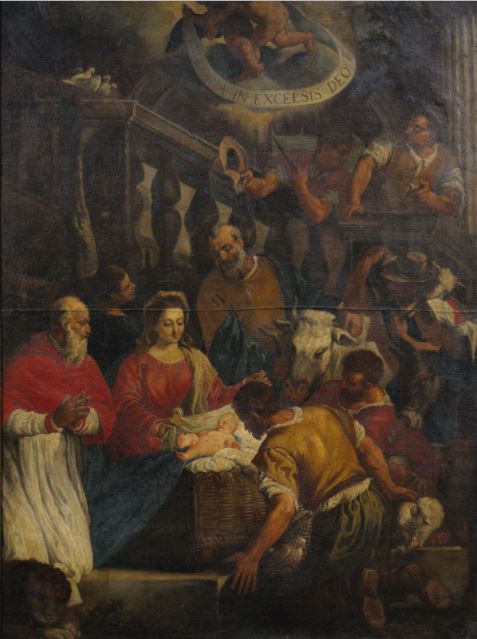|
Portrait Of A Venetian Nobleman
''Portrait of Giacomo di Andrea Dolfin'', formerly known only as ''Portrait of a Man'', is an oil painting by the Venetian master Titian, made about 1531.''LACMA Collections''. It is part of the collection of the Los Angeles County Museum of Art, though not currently on display. Subject The sitter was identified as Giacomo di Andrea Dolfin by Charles Hope in 1982, based on the partially legible inscription on the letter held in the subject's right hand, which is addressed to himself. Philip Conisbee, in 1991, gave the following decipherment: "''Al Cl … mo Giacomo delfin'' / ''M ... co D ... Prvi'' / ''a Vrcinovi'' r ''Venezia''. Dolfin is probably being referred to as '' provveditore'' at Orzinuovi, which position he is known to have occupied in 1531 and 1532. Titian shows him garbed in the costly burgundy robes of a Venetian magistrate. History * Probably seen by Vasari in the house of Danese Cattaneo during his stay in Venice in 1566, described thus: ''un ritratto ... [...More Info...] [...Related Items...] OR: [Wikipedia] [Google] [Baidu] |
Titian
Tiziano Vecelli or Vecellio (; 27 August 1576), known in English as Titian ( ), was an Italian (Venetian) painter of the Renaissance, considered the most important member of the 16th-century Venetian school. He was born in Pieve di Cadore, near Belluno. During his lifetime he was often called ''da Cadore'', 'from Cadore', taken from his native region. Recognized by his contemporaries as "The Sun Amidst Small Stars" (recalling the final line of Dante's '' Paradiso''), Titian was one of the most versatile of Italian painters, equally adept with portraits, landscape backgrounds, and mythological and religious subjects. His painting methods, particularly in the application and use of colour, exercised a profound influence not only on painters of the late Italian Renaissance, but on future generations of Western artists. His career was successful from the start, and he became sought after by patrons, initially from Venice and its possessions, then joined by the north Italian princ ... [...More Info...] [...Related Items...] OR: [Wikipedia] [Google] [Baidu] |
Norton Simon Museum
The Norton Simon Museum is an art museum located in Pasadena, California, United States. It was previously known as the Pasadena Art Institute and the Pasadena Art Museum and displays numerous sculptures on its grounds. Overview The Norton Simon collections include: European paintings, sculptures, and tapestries; Asian sculptures, paintings, and woodblock prints. Outside sculptures surround the museum, with notable Rodin sculptures near its entrance and other sculptures along Colorado Boulevard and in a landscape setting around a large pond. The museum contains the Norton Simon Theater which shows film programs daily, and hosts lectures, symposia, and dance and musical performances year-round. The museum is located on Colorado Boulevard along the route of the Tournament of Roses's Rose Parade, where its distinctive, brown tile exterior can be seen in the background of television broadcasts. History After receiving approximately 400 German Expressionist pieces from collec ... [...More Info...] [...Related Items...] OR: [Wikipedia] [Google] [Baidu] |
List Of Works By Titian
This incomplete list of works by Titian contains representative portraits and mythological and religious works from a large oeuvre that spanned 70 years. (Titian left relatively few drawings.) Painting titles and dates often vary by source. List of works by year References {{Lists of paintings Titian Tiziano Vecelli or Vecellio (; 27 August 1576), known in English as Titian ( ), was an Italians, Italian (Republic of Venice, Venetian) painter of the Renaissance, considered the most important member of the 16th-century Venetian school (art), ... * * ... [...More Info...] [...Related Items...] OR: [Wikipedia] [Google] [Baidu] |
Leo Blumenreich
Leo Blumenreich, real name Leonard Lewy (18 September 1884 – 12 May 1932) was a German art dealer, Collecting, collector and patron. Life Born in Berlin, Blumenreich was born the fourth son (of six children) of Paul Philipp Blumenreich (1849–1907) and his wife Adele (''née'' Fränkel, 1850–1885). His father was a writer, journalist and bookseller, as well as co-founder and director of the Theater des Westens in Berlin, built in 1896. After the early death of his mother, his father married Gertrud Lewissohn in his second marriage and in his third marriage in 1891 the Austrian writer Franziska von Kapff-Essenther. Leo's eldest brother Arnold (1875–1943) was also a book and art dealer, first in Breslau, later in Berlin. Another older brother Walter (1880–?) ran a bookshop there. After graduating from the in Berlin on 18 March 1898, the 15-year-old Leo went with his father, brother and sister to New York, where Paul Blumenreich was director of the German Theatre there ... [...More Info...] [...Related Items...] OR: [Wikipedia] [Google] [Baidu] |
William Suida
William Suida, born Wilhelm Emil Suida (April 26, 1877 – October 29, 1959) was an eminent Austrian art historian and art collector and "one of the greatest connoisseurs of Italian art."Antonio Morassi, "Obituary: William Suida," ''The Burlington Magazine'', Vol. 102, No. 689 (Aug., 1960), p. 371. He published books and essays in multiple languages about numerous artists and schools of art. He and his heirs amassed a large private collection that in 1999 was acquired by the Blanton Museum of Art in Austin, where many paintings from the Suida-Manning Collection are on permanent display. In Europe Suida was born in Neunkirchen, Austria, the son of Albert Suida and Bertha von Heim, a relative of Richard Wagner. His uncle was the art historian Henry Thode, with whom he studied in Heidelberg and under whom he wrote his dissertation, published in 1900 as ''Die Genredarstellungen Albrecht Dürer''. In 1902 he began a two-year residence in Florence as an assistant at the Deutsches Kuns ... [...More Info...] [...Related Items...] OR: [Wikipedia] [Google] [Baidu] |
Joseph Duveen, 1st Baron Duveen
Joseph Duveen, 1st Baron Duveen (14 October 1869 – 25 May 1939), known as Sir Joseph Duveen, Baronet, between 1927 and 1933, was a British art dealer who was considered one of the most influential art dealers of all time. Life and career Joseph Duveen was British by birth, the eldest of thirteen children of Rosetta (Barnett) and Sir Joseph Joel Duveen, a Dutch-Jewish immigrant who had set up a prosperous import business in Hull. The Duveen Brothers firm became very successful and became involved in trading antiques. Duveen Senior died in 1908; Joseph took over the business, working in partnership with his late father's brother Henry J. Duveen. He had received a thorough and stimulating education at University College School. He moved the Duveen company into the risky, but lucrative, trade in paintings and quickly became one of the world's leading art dealers due to his good eye, sharpened by his reliance on Bernard Berenson, and skilled salesmanship. His success is famous ... [...More Info...] [...Related Items...] OR: [Wikipedia] [Google] [Baidu] |
Leandro Bassano
Leandro Bassano (10 June 1557 – 15 April 1622), also called Leandro dal Ponte, was an Italian artist from Bassano del Grappa who was awarded a knighthood by the Doge of Venice. He was the younger brother of artist Francesco Bassano the Younger and third son of artist Jacopo Bassano. Their father took his surname from their town of Bassano del Grappa, and trained his sons as painters. Education and early career Leandro studied with his brothers in their father's workshop. After Francesco opened a workshop in Venice before 1575, Leandro took over the studio in Bassano del Grappa. Leandro followed in the tradition of his father's religious works, but also became independently well known as a portrait painter. By around 1575, Leandro had become an important assistant to his father. His father wanted Leandro to carry on the studio in Bassano del Grappa. Shortly after their father died, his brother Francesco committed suicide. Move to Venice Leandro moved to Venice, taking over th ... [...More Info...] [...Related Items...] OR: [Wikipedia] [Google] [Baidu] |
Pasadena
Pasadena ( ) is a city in Los Angeles County, California, northeast of downtown Los Angeles. It is the most populous city and the primary cultural center of the San Gabriel Valley. Old Pasadena is the city's original commercial district. Its population was 138,699 at the 2020 census, making it the 44th largest city in California and the ninth-largest city in Los Angeles County. Pasadena was incorporated on June 19, 1886, becoming one of the first cities to be incorporated in what is now Los Angeles County, following the city of Los Angeles (April 4, 1850). Pasadena is known for hosting the annual Rose Bowl football game and Tournament of Roses Parade. It is also home to many scientific, educational, and cultural institutions, including Caltech, Pasadena City College, Kaiser Permanente Bernard J. Tyson School of Medicine, Fuller Theological Seminary, ArtCenter College of Design, the Pasadena Playhouse, the Ambassador Auditorium, the Norton Simon Museum, and the USC P ... [...More Info...] [...Related Items...] OR: [Wikipedia] [Google] [Baidu] |
Antonio Canova
Antonio Canova (; 1 November 1757 – 13 October 1822) was an Italian Neoclassical sculptor, famous for his marble sculptures. Often regarded as the greatest of the Neoclassical artists,. his sculpture was inspired by the Baroque and the classical revival, and has been characterised as having avoided the melodramatics of the former, and the cold artificiality of the latter.Jean Martineau & Andrew Robinson, ''The Glory of Venice: Art in the Eighteenth Century.'' Yale University Press, 1994. Print. Life Possagno In 1757, Antonio Canova was born in the Venetian Republic city of Possagno to Pietro Canova, a stonecutter, and Maria Angela Zardo Fantolini.. In 1761, his father died. A year later, his mother remarried. As such, in 1762, he was put into the care of his paternal grandfather Pasino Canova, who was a stonemason, owner of a quarry, and was a "sculptor who specialized in altars with statues and low reliefs in late Baroque style". He led Antonio into the art of sculpti ... [...More Info...] [...Related Items...] OR: [Wikipedia] [Google] [Baidu] |
Oil On Canvas
Oil painting is the process of painting with pigments with a medium of drying oil as the binder. It has been the most common technique for artistic painting on wood panel or canvas for several centuries, spreading from Europe to the rest of the world. The advantages of oil for painting images include "greater flexibility, richer and denser colour, the use of layers, and a wider range from light to dark". But the process is slower, especially when one layer of paint needs to be allowed to dry before another is applied. The oldest known oil paintings were created by Buddhist artists in Afghanistan and date back to the 7th century AD. The technique of binding pigments in oil was later brought to Europe in the 15th century, about 900 years later. The adoption of oil paint by Europeans began with Early Netherlandish painting in Northern Europe, and by the height of the Renaissance, oil painting techniques had almost completely replaced the use of tempera paints in the majority ... [...More Info...] [...Related Items...] OR: [Wikipedia] [Google] [Baidu] |
Danese Cattaneo
Danese Cattaneo (c1512? - 1572) was an Italian sculptor and medallist, active mainly in the Veneto Region. Danese was Tuscan in origin, born in either Massa di Carrara or Colonnata. He produced primarily sculptures of religious and historical subjects and portrait busts. From an early age he was a pupil of Jacopo Sansovino in Rome, and left the city, as Sansovino and many other artists did, after the Sack of Rome (1527). In Sansovino's circle at Venice, he made a reputation in 1530 with his ''St Jerome'' at the base of the organ in San Salvador. He was invited to Padua in 1533 to take part in the stucco decorations for the Basilica of Saint Anthony of Padua. He also sculpted the sepulchre there of Alessandro Contarini, a Venetian general. Once again in Venice, he was part of the collaborative team providing architectural enrichments for Sansovino's great projects. In Venice he sculpted the statue of Apollo over the well in the centre of the court of the Zecca. According ... [...More Info...] [...Related Items...] OR: [Wikipedia] [Google] [Baidu] |







